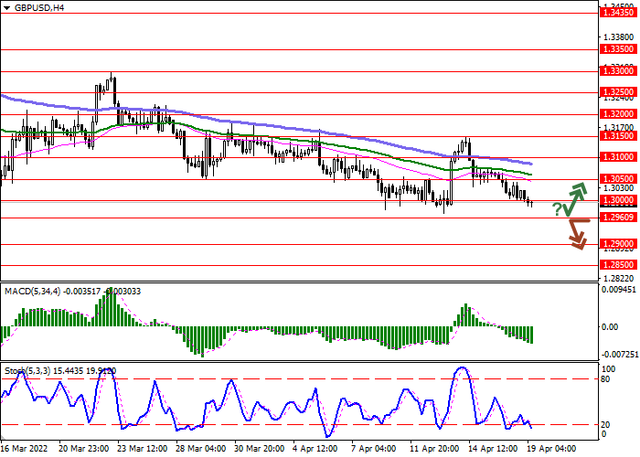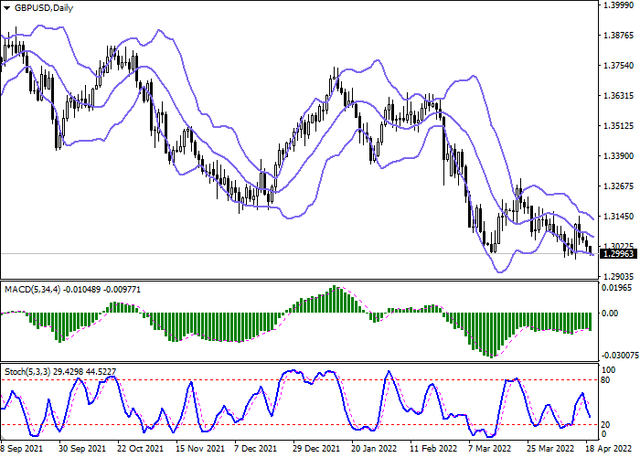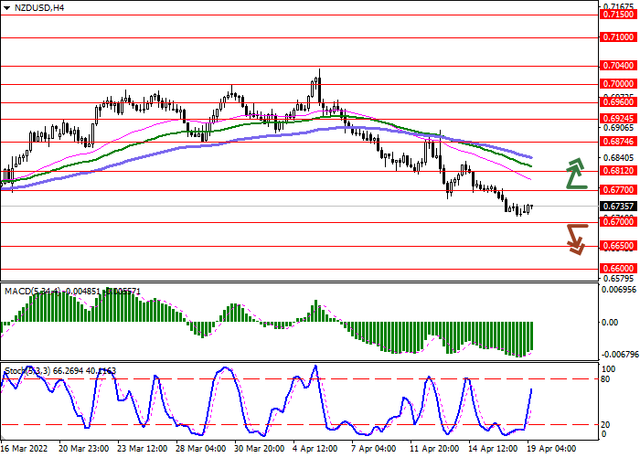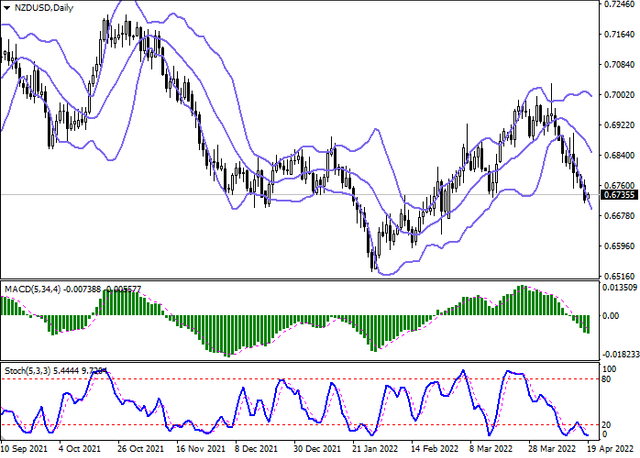SOLIDECN
Senior member
- Messages
- 3,041
- Likes
- 0
Current trend
This week, the EURUSD pair continued to decline and is currently testing the 1.0864 mark (Murray [1/8]). The movement of the pair has recently been influenced by expectations of further actions from the US Fed and the European Central Bank (ECB).
The comments of the officials of the American regulator and the minutes of its last meeting look much more "hawkish" than a similar document of the European department, which became a catalyst for strengthening the US currency. Last week, the governor of the US Fed, Lael Brainard, the head of the Federal Reserve Bank of San Francisco, Mary Daly, and the chairman of the Philadelphia Fed, Patrick Harker, spoke in favor of continuing to raise interest rates and sharply reducing the regulator's balance sheet. The protocols indicated that it could begin in May and would amount to 95B dollars per month. At the same time, the correction of the indicator may reach 0.50%. Investors fear that too rapid tightening of monetary policy may lead to a downturn in the economy, but officials are confident that it will stand the test, since the recorded growth is strong enough.
Against this background, the European currency looks less attractive for investment, experiencing significant pressure due to the Ukrainian crisis. The most negative of its consequences is an increase in inflation, which affects household incomes and reduces demand, however, unlike the US Fed, the ECB has not yet taken active actions to reduce price growth. At the last meeting of the regulator, officials agreed to stop buying bonds in Q3 2022, but did not make specific decisions on further tightening of monetary policy, probably still considering the factors of inflation growth temporary, although bidders have long been expecting the start of a rate hike cycle. Moreover, earlier, the EU authorities decided to abandon the supply of Russian coal, which can only increase energy inflation.
This week, the EURUSD pair continued to decline and is currently testing the 1.0864 mark (Murray [1/8]). The movement of the pair has recently been influenced by expectations of further actions from the US Fed and the European Central Bank (ECB).
The comments of the officials of the American regulator and the minutes of its last meeting look much more "hawkish" than a similar document of the European department, which became a catalyst for strengthening the US currency. Last week, the governor of the US Fed, Lael Brainard, the head of the Federal Reserve Bank of San Francisco, Mary Daly, and the chairman of the Philadelphia Fed, Patrick Harker, spoke in favor of continuing to raise interest rates and sharply reducing the regulator's balance sheet. The protocols indicated that it could begin in May and would amount to 95B dollars per month. At the same time, the correction of the indicator may reach 0.50%. Investors fear that too rapid tightening of monetary policy may lead to a downturn in the economy, but officials are confident that it will stand the test, since the recorded growth is strong enough.
Against this background, the European currency looks less attractive for investment, experiencing significant pressure due to the Ukrainian crisis. The most negative of its consequences is an increase in inflation, which affects household incomes and reduces demand, however, unlike the US Fed, the ECB has not yet taken active actions to reduce price growth. At the last meeting of the regulator, officials agreed to stop buying bonds in Q3 2022, but did not make specific decisions on further tightening of monetary policy, probably still considering the factors of inflation growth temporary, although bidders have long been expecting the start of a rate hike cycle. Moreover, earlier, the EU authorities decided to abandon the supply of Russian coal, which can only increase energy inflation.
Support and resistance
Consolidation of the price of the EUR/USD pair below the 1.0864 mark (Murray [1/8] the middle line of the Bollinger Bands) will give the prospect of continuing the decline to the levels of 1.0742 (Murray [0/8]) and 1.0620 (Murray [-1/8]). The key for the "bulls" is the 1.0986 mark (Murray [2/8], the middle line of the Bollinger Bands), the breakout of which will allow the instrument to strengthen to 1.1108 (Murray [3/8]), 1.1230 (Murray [4/8]). Technical indicators do not give a single signal: the Bollinger Bands are reversing downwards, the MACD histogram is increasing in the negative zone, but the Stochastic is preparing to leave the oversold zone and form a buy signal.
Resistance levels: 1.0986, 1.1108, 1.123 | Support levels: 1.0864, 1.0742, 1.062
Resistance levels: 1.0986, 1.1108, 1.123 | Support levels: 1.0864, 1.0742, 1.062






